“The experience of silence is now so rare that we must cultivate it and treasure it. This is especially true for shared silence. …sharing silence is, in fact, a political act.” – Gunilla Norris, in: Inviting Silence
“Words are the part of silence that can be spoken.” – Jeanette Winterson, in: Why Be Happy When You Could be Normal?
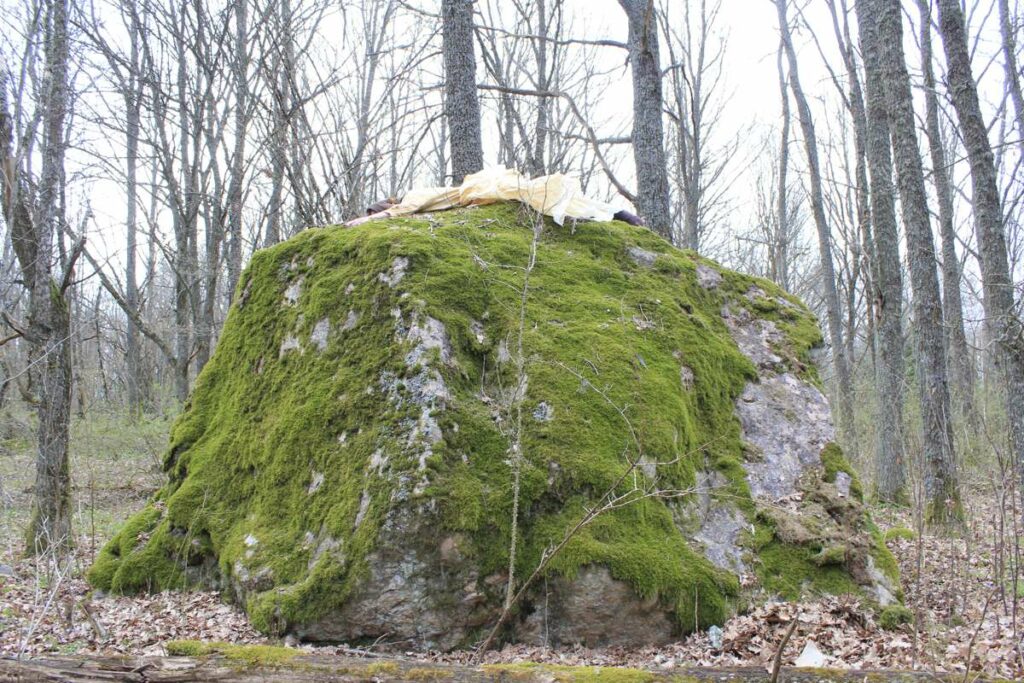
My attentiveness to silence and stillness in my dance work originates as early as my time at the School for New Dance Development in the early nineties. It came through in a workshop with musician Malcolm Goldstein where listening was the main area of attention and in several workshops with Lisa Nelson where silence was inherent to the nature of the work. In the following years i had been including snippets of silence in my practice, listening and reading. I worked with the discrepancy in sensing both stillness and urgency. In the late nineties in my training in Skinner Releasing Technique, principles of transparency and dynamic stillness awakened something further in me and opened a curiosity and love for what stillness and all that it entails might bring to my dancing self and artistic work.
I knew very well how to be silent. It was deeply familiar. But I learned there are different kinds of silences and embodying stillness and to dance from and within it asked for something more. In my childhood i had always tended to be quiet, but it was the kind of silence that arose more out of adaptation in an attempt to stay safe than out of desire, even though i experience it also as part of my nature. I could have screamed if that was closer to me, but it wasn’t. I like the quiet. I like using dance to be silent. Stillness can be felt in different ways, it is alive. In performance I’m interested in the still space being that: alive and open, inviting, welcoming, present. If that’s the ground, then, in performance we can play. There’s freedom in this and yet in performance there is no freedom in what the dance becomes as it needs to be exactly what it is in the moment.
Silence is not necessary for stillness but it helps the listening and the layering, it helps in practice to deepen and widen stillness so it can be sensed in different circumstances. That still space is where i wish to meet my collaborators and the audience. That is the stillness i wish to share and where i wish to connect.
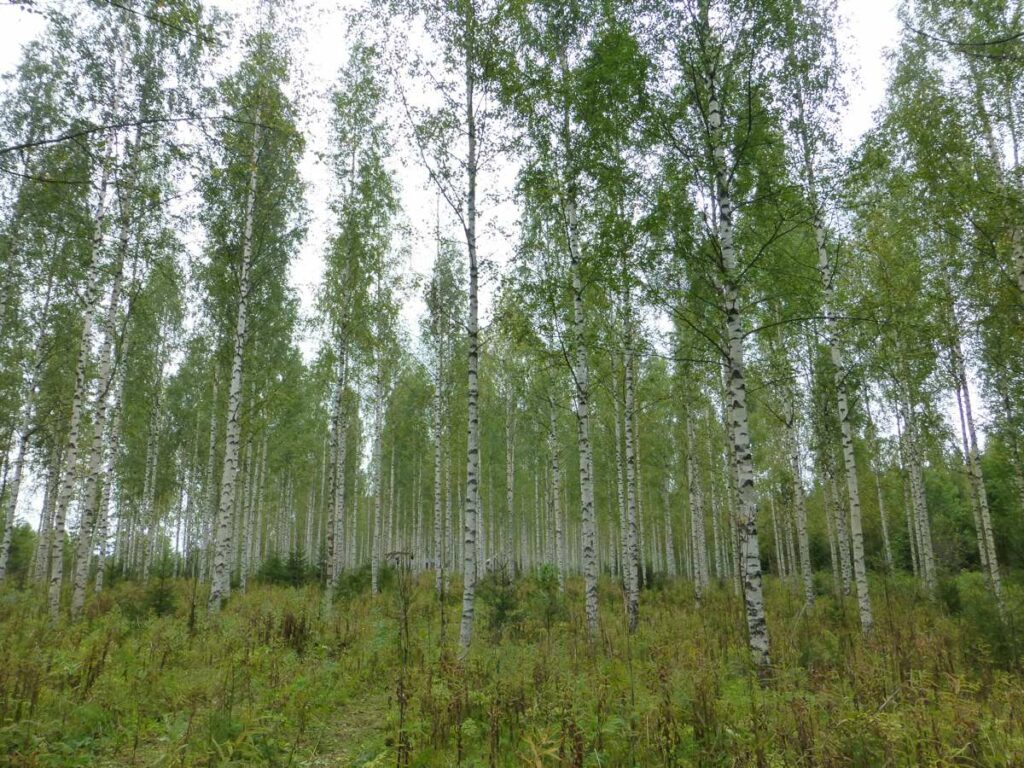
Stillness as a meeting space in dance
Although i work with-in stillness, i am not silent in the sense of withdrawal. I dance and i sing and in those forms it is that i speak up. I care to participate. Stillness as presence. Stillness as a meeting space. Where possible and perhaps even more so where it seems impossible. A space open enough where we know our equality and welcome our diversity. We need to learn to listen. I aspire to embody the clarity and what seems to me to be the simplicity of stillness which creates transparency in the dancing body. For me it has to happen first in dance, through the physical body being present. I want to know how we can be in stillness together while present, not in absence, but by showing up with all of who we are. Over the years I’ve learned to see that it is part of my music as well, mainly through what was happening in gigs and concerts and through responses of audiences. I used to fight this, thinking I should be louder for the songs to be heard. But it’s bigger than me and now I let it accompany me and us when I play.
Stillness is a precious space to share. Within it, anything might appear. I can listen more closely in silence. I can speak louder in the quiet. My artistic work grows stronger within stillness.
Biodynamic Craniosacral practice beautifully enhances and refines my practice of embodying and sharing stillness. And my artistic practice informs and nourishes the Biodynamic Craniosacral work. Dynamic stillness is at the heart of all of this work. It is at the heart of each of us. And all of us together.
“To see one must go beyond the imagination and for that one must stand absolutely still as though in the center of a leap”. – John Cage, in: Silence, Lectures and Writings
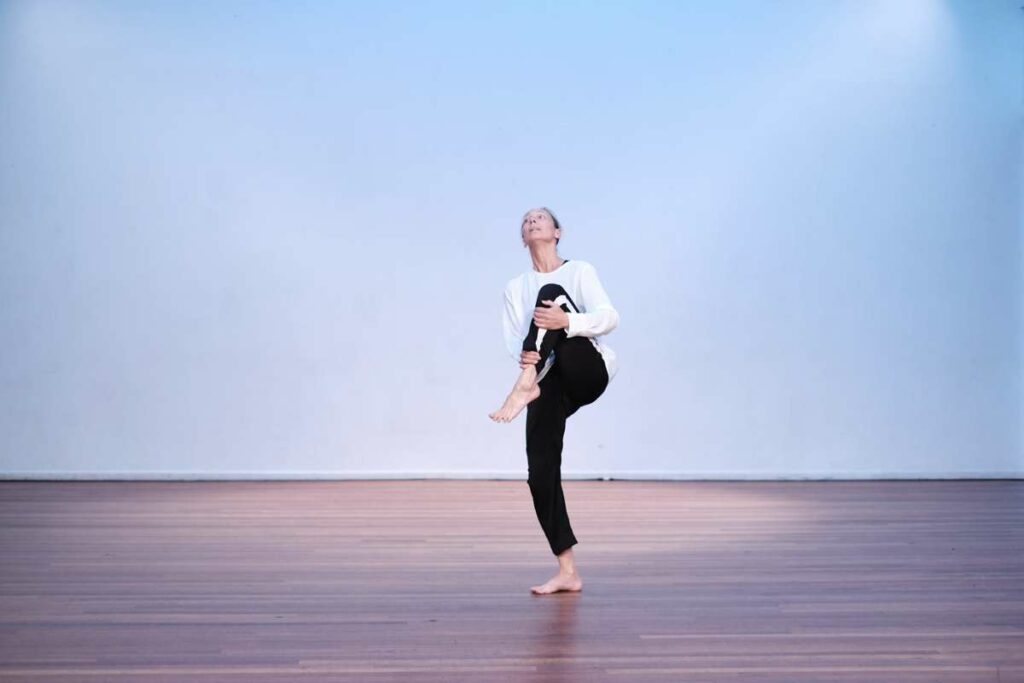
related projects
- Field of Disappearance
- If only i could be here now (practices in presence)
- Even the Houses are Dancing and All is Well
- z a c h t j e s | s o f t l y | l e i s e
- Silent Dances
- RESONANCE
- Purification
- Subtext
- Towards Disappearance
- Singing to Use the Waiting
- Silent Song
- Still (oewaaa)
- Field of Reciprocity
- Sit. Feast on your life.
- Have you seen the horizon lately?
writing
Listening into Clarity, Poetic Embodiment, in: Skinner Releasing Technique, A Movement and Dance Practice, ed. Manny A. Emslie, Triarchy Press, UK, 2021
blogs
- A year long process working with stillness as a meeting space
- Singing to Use the Waiting, work on stillness and urgency
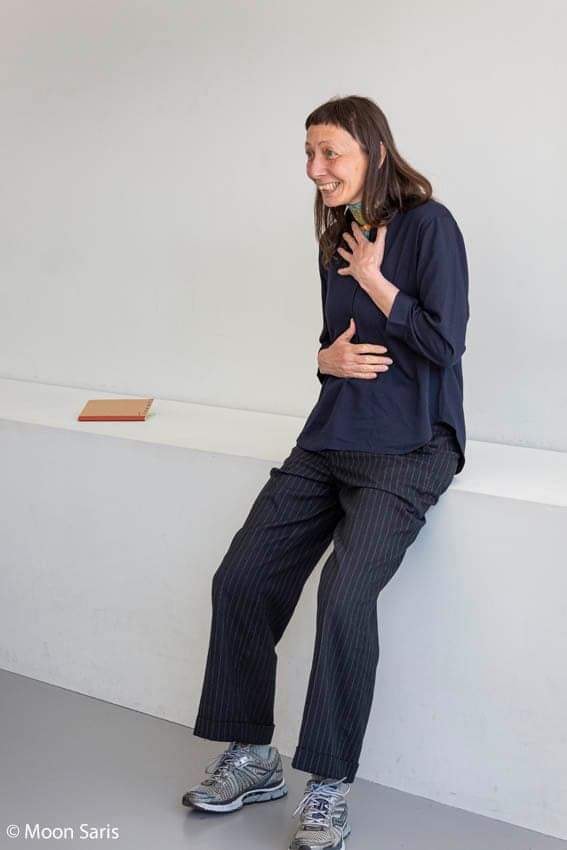
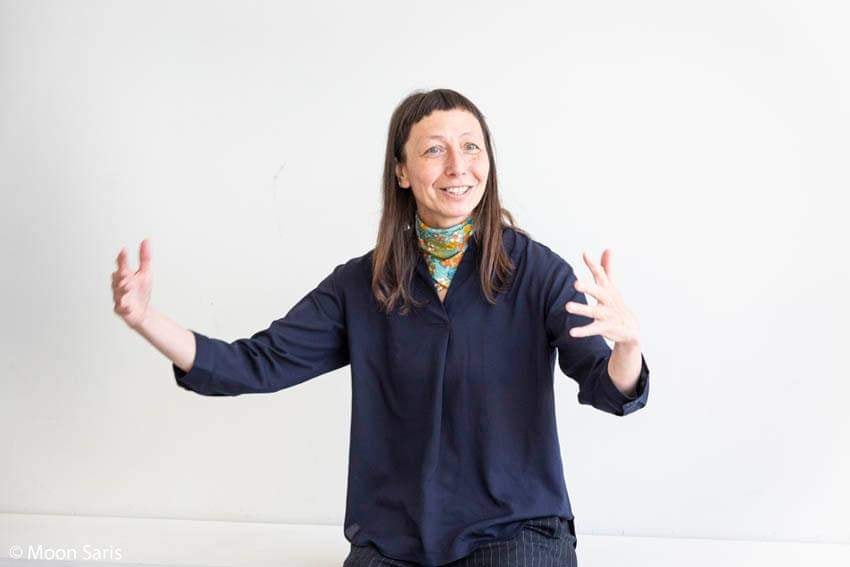
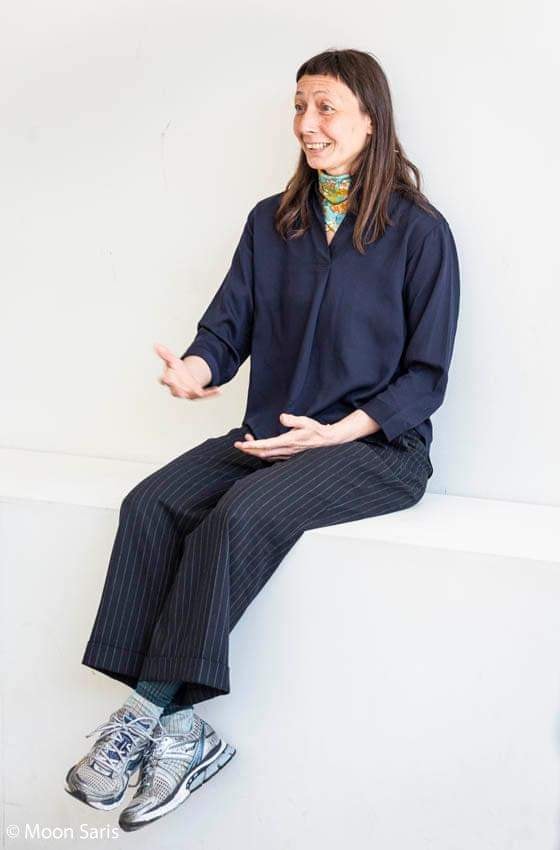
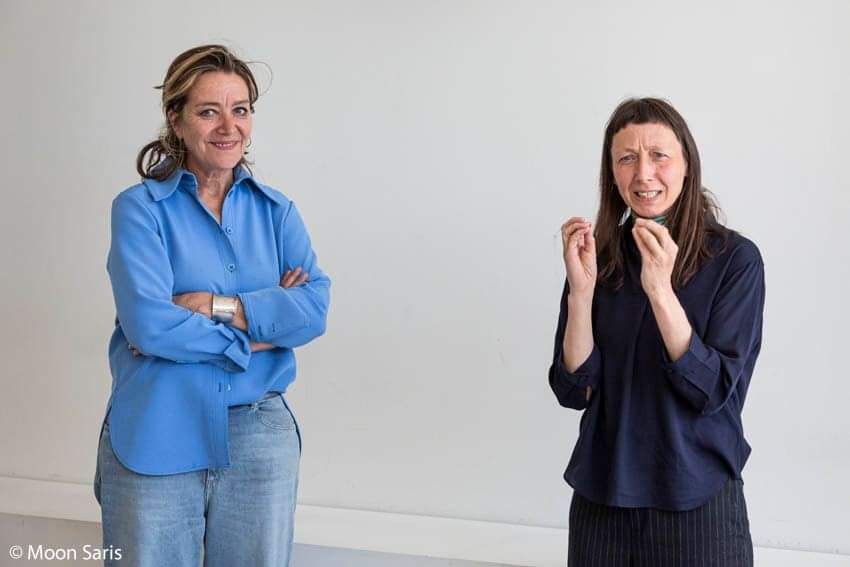
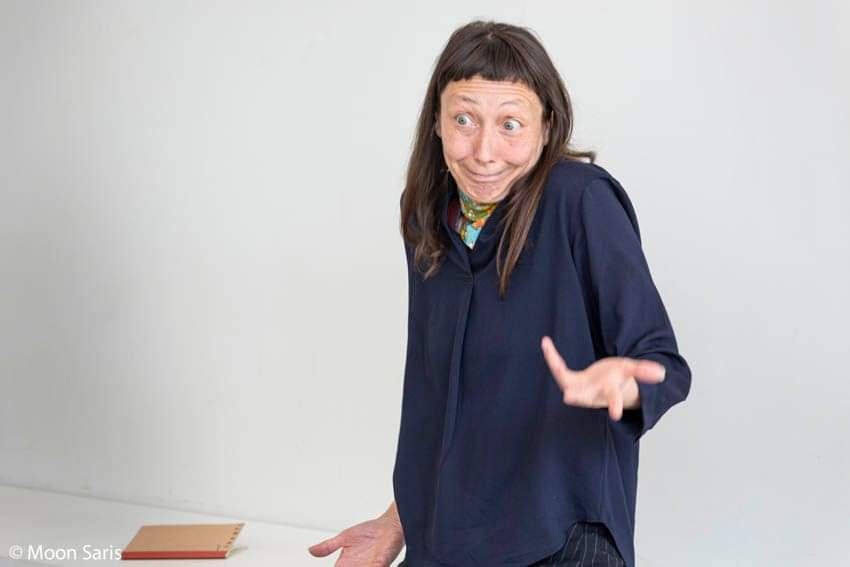
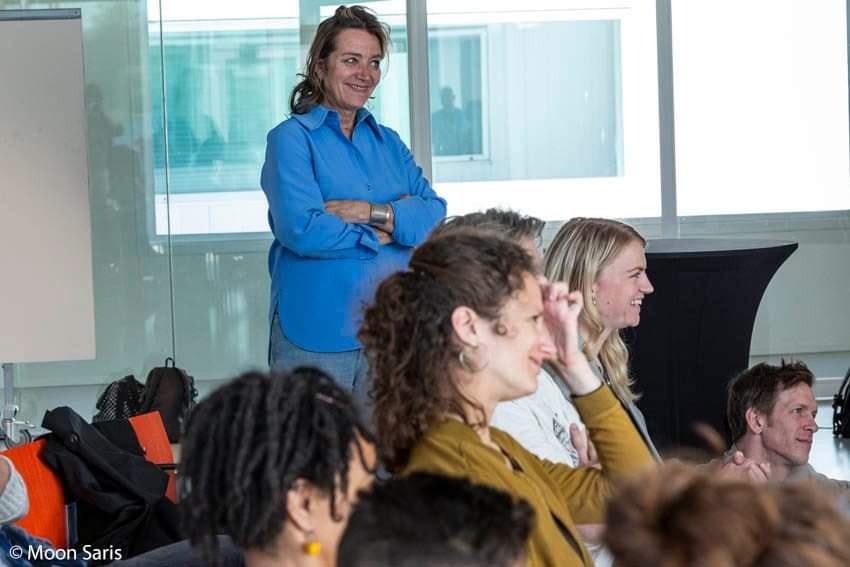
© photos by Moon Saris